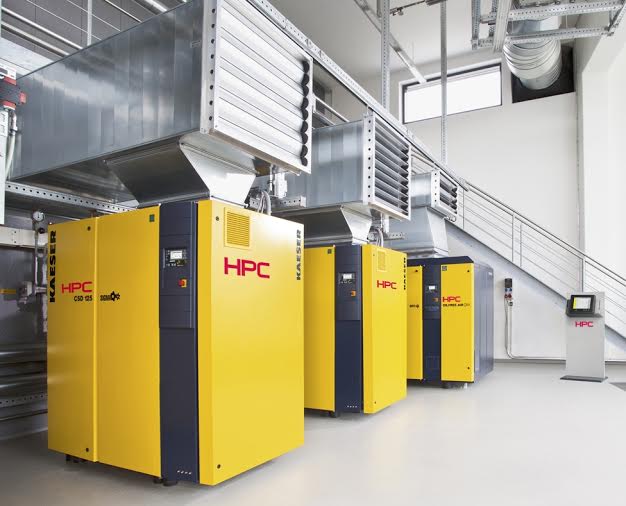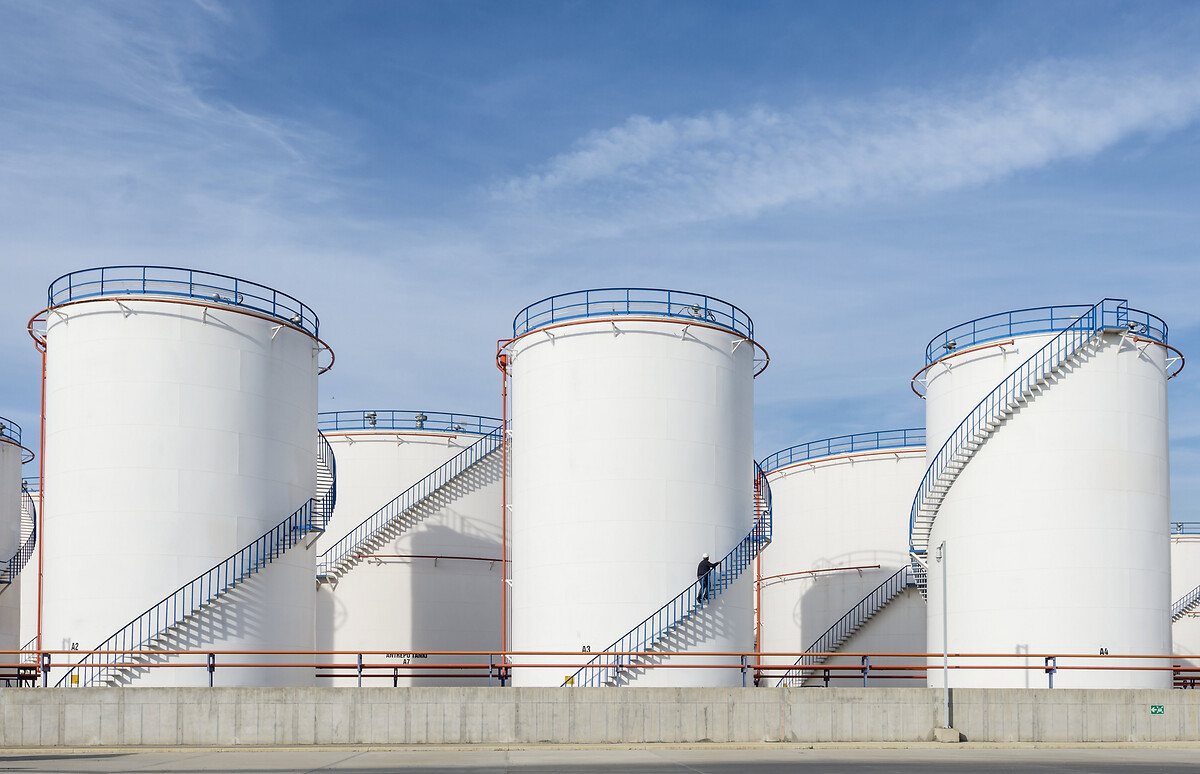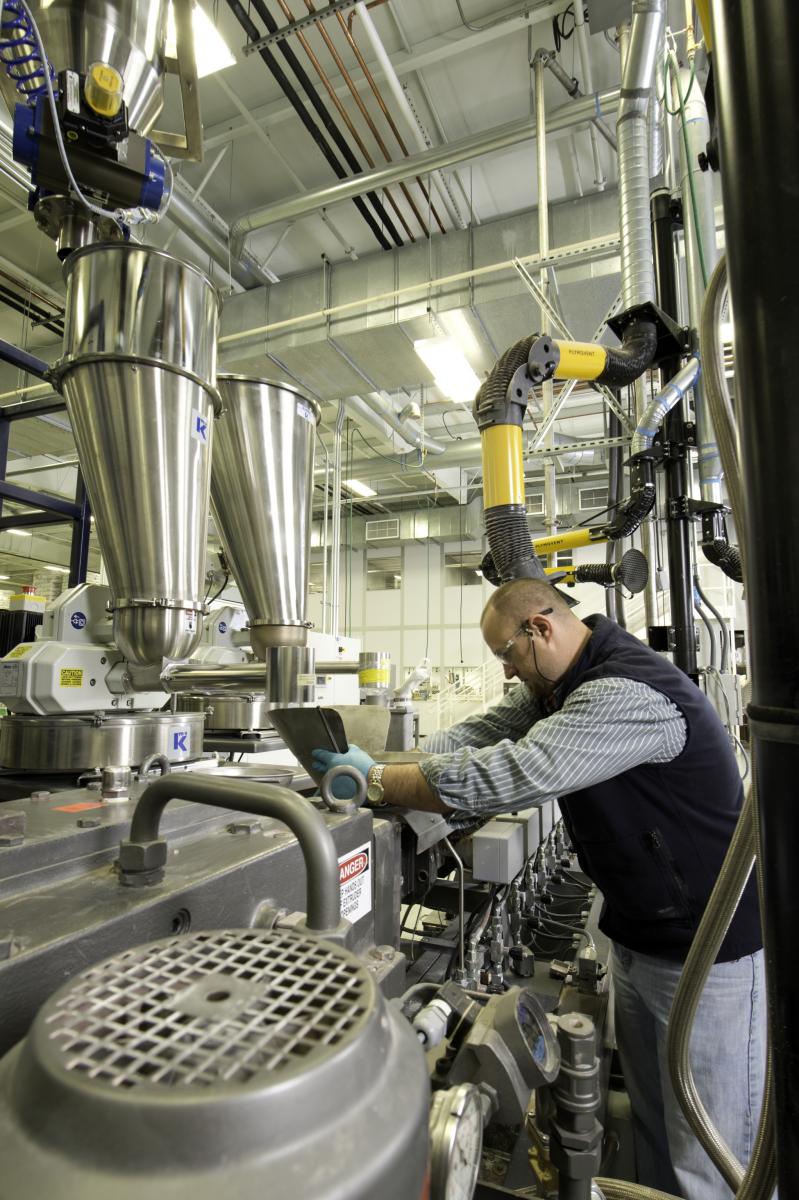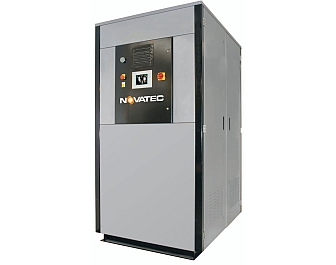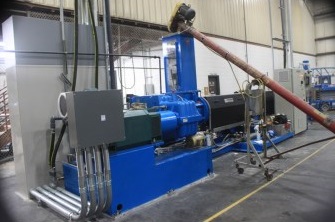Reducing energy costs through operational efficiencies is a key objective for all manufacturers particularly in view of current economic pressures, as is the importance of effectively demonstrating ‘green’ credentials. Compressor manufacturer HPC Compressed Air Systems is an acknowledged leader in developing the most cost-effective, energy efficient systems and offers users many possibilities and expert advice, (picture 1). However, one particular area which offers the potential for significant energy savings but is still largely ignored is the recovery of heat actually produced by the compression process.
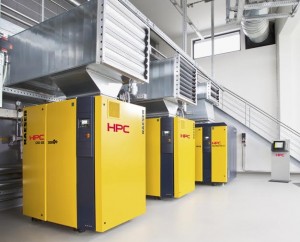
It is an inescapable fact that today’s screw compressor systems generate heat and although this may come as no surprise it is less well known that typically 100% of the electrical energy input into a compressor, is turned into heat. The action of compression charges the air in the compressor with potential energy which is given up (wasted) at the point of being used by the compressed air expanding and drawing heat from the surroundings.
However, Philip McArragher, Technical Manager for HPC Compressed Air Systems says that up to 96% of this energy is recoverable. Philip explains, “Of the major proportion of the energy recoverable as heat, about 76% is found in the compressor cooling fluid / oil, approximately 15% is in the compressed air itself and up to 5% is given up by the drive motor to the cooling air”. He continued, “In a fully encapsulated oil-cooled rotary screw compressor system even the losses from the electric motor can be recovered as hot air. This brings the total proportion of the input energy available as recoverable heat up to an impressive 96%. Of the remaining energy, 2% radiates away from the compressor package while 2% remains in the compressed air”. (picture 2). Therefore, energy conscious compressed air users wanting to improve the efficiency and economy of their compressed air plant can choose from a number of heat recovery methods:
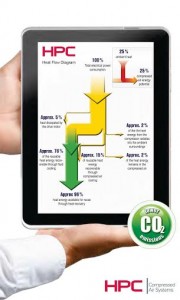
Air or Space Heating
The simplest and most direct method of recovering the heat generated in an oil cooled rotary screw compressor is by direct utilisation of the cooling air that carries away the heat from the air-end, oil cooler, motor, etc. This heated air can be ducted away for use as space heating in warehouses and workshops, or it can be used for other applications such as drying, heat curtains or pre-heating combustion air.
When the heated air is not required a manual or automatically activated flap / louvre can be used to discharge it to the atmosphere. In applications where temperature control is more critical, this flap can be thermostatically regulated to maintain a constant, set temperature. This space heating method allows 96% of the electrical energy consumption of a screw compressor to be recovered with considerable cost savings. For example, even with a relatively small 18.5 kW compressor it is possible to easily recover enough energy to heat a small unit or office area.
Water Heating
Another option to air or space heat recovery from compressors is hot water. This can be recovered for various purposes either from an air-cooled or water-cooled compressor system by using a heat exchanger installed in the air-end cooling oil circuit. Plate or fail-safe heat exchangers can be employed for this, depending on whether the hot water is used for heating, laundry, showering, production or other commercial cleaning purposes. Water temperatures of up to a maximum of 70°C can be achieved with these heat exchangers. HPC’s experience shows that for compressor packages upward of 18.5 kW capacity the additional costs for these heat recovery systems can be realised within just two years (subject to correct design).
Considerations of Reliability
Normally, the compressor’s primary cooling system should not be used both for cooling and as a heat recovery system. HPC’s reasoning behind this is that, should the heat recovery system fail, then the cooling of the compressor and the production of compressed air could be compromised. The safest method is to fit an additional heat exchanger in the compressor purely for heat recovery. In the event of it failing or if no hot water is required, the compressor can revert to its primary air or water cooling system and so continue operation. The supply of compressed air is then ensured.
In Summary
It is important to realise that each application and compressed air installation is different and should be treated accordingly. The path to maximum energy savings is the efficient and proper application of compressor control systems and energy saving techniques.
Recovering the heat of compression for a useful purpose is an intelligent and practical way of reducing the cost of compressed air production whilst improving energy efficiency at the same time. The effort and additional investment involved is reasonably small and, depending on individual applications, can be recovered over a relatively short period of time depending on the purpose to which the heat is used and the method of recovery chosen.
Further information is available from: www.hpccompressors.co.uk

